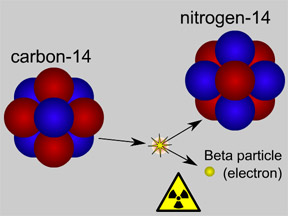This picture shows radioactive decay of a carbon-14 atom. The carbon atom gives off a beta particle of radiation. The carbon atom turns into a nitrogen atom.
Click on image for full size
Original artwork by Windows to the Universe staff (Randy Russell).
Radioactive Decay
Some materials are radioactive. They emit radiation. When an atom of a radioactive substance gives off radiation, it becomes a new type of atom. This process is called radioactive decay.
There are two main types of radiation that can be given off during radioactive decay. The first is particle radiation. It includes alpha and beta particles as well as proton and neutron radiation. The second is electromagnetic radiation. It includes high energy gamma rays and X-rays.
Most elements come in various "versions", called isotopes. Different isotopes have different numbers of neutrons. Some isotopes are radioactive. For example, the isotope of carbon called carbon-14 is radioactive. It has 8 neutrons (instead of the usual 6) and radiates beta particles. When an atom emits radiation it undergoes radioactive decay. It may be transformed from one isotope to another. It might become a different element altogether. When carbon-14 decays by emitting a beta particle, it becomes nitrogen-14. Isotopes that do not decay are called "stable" isotopes.
Different radioactive materials take different amounts of time to decay. Scientists use the idea of a half-life to describe this. The half-life of a radioactive material can be very short (less than a second) or very long (thousands of years) or anywhere in between. After one half-life, half of a sample of radioactive material has decayed. After another half-life, half of what was left decays.
You might also be interested in:
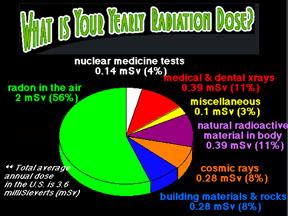
Radiation comes in two basic types: electromagnetic radiation transmitted by photons, and particle radiation consisting of electrons, protons, alpha particles, and so forth. Electromagnetic radiation,
...more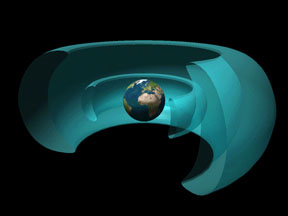
One main type of radiation, particle radiation, is the result of subatomic particles hurtling at tremendous speeds. Protons, cosmic rays, and alpha and beta particles are some of the most common types
...more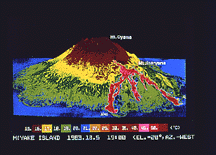
Electromagnetic radiation is the result of oscillating electric and magnetic fields. The wave of energy generated by such vibrations moves through space at the speed of light. And well it should... for
...more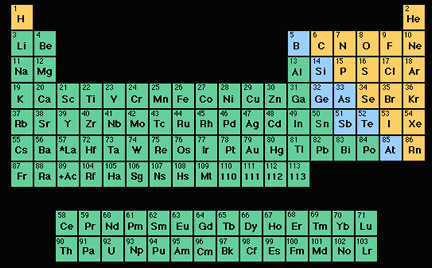
An element (also called a "chemical element") is a substance made up entirely of atoms having the same atomic number; that is, all of the atoms have the same number of protons. Hydrogen, helium, oxygen,
...more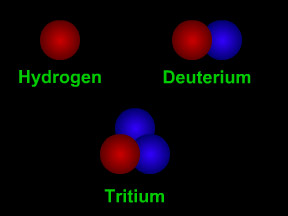
Isotopes are different "versions" of an element. All atoms of an element have the same number of protons. For example, all hydrogen atoms have one proton, all carbon atoms have 6 protons, and all uranium
...more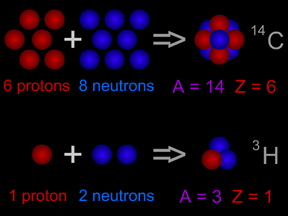
Carbon-14 is an isotope of the element carbon. All carbon atoms have 6 protons in their nucleus. Most carbon atoms also have 6 neutrons, giving them an atomic mass of 12 ( = 6 protons + 6 neutrons). Carbon-14
...more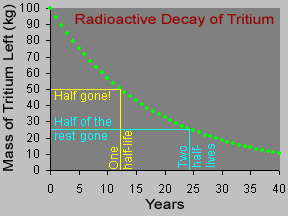
Some materials are radioactive. Their atoms give off radiation. When an atom gives off radiation, it turns into a different kind of atom. That is called radioactive decay. Some atoms decay very quickly,
...more


